With a strong economy, top-notch schools, and diverse communities, you would find some of the richest neighborhoods in Ohio. This Midwestern state attracts a lot of high-income earners who further improve the quality of life in this part of the country.
There are just so many things that Ohio can offer. From charming and simple homes to luxurious and upscale apartments, Ohio can be the perfect choice for families, young professionals, and retirees.
So, to give you an idea of where to live, here’s our list of Ohio’s top 9 richest neighborhoods!
9. Bexley
Year founded: 1932 (year became a city)
Population: 13,928 (as of 2020)
Land area: 2.45 square miles (6.3 sq km)

Bexley is best known for its beautiful tree-lined streets, which are as old as some historic houses. While small in land area compared to the neighboring communities, Bexley unexpectedly comes with large houses designed with impressive architectural styles.
Some of the best places to visit in Bexley include the Governor’s Mansion and the Bexley Public Library. Every year, there’s a Fourth of July parade, festivals, and tree-lighting ceremonies. All of these attest to the closed-knitted and engaged nature of this community.
Did you know?
The Bexley Village was formed when the northern Bullit Park and southern Pleasant Ridge were combined in 1908. As more and more wealthy Columbus residents live there, the neighborhood has suddenly improved. The village reached a population of 5,000 by the late 1920s, and finally, in 1932, it became a city.
8. Terrace Park
Year founded: incorporated in 1893
Population: 2,333 (as of 2021)
Land area: 1.24 square miles (3.21 sq km)
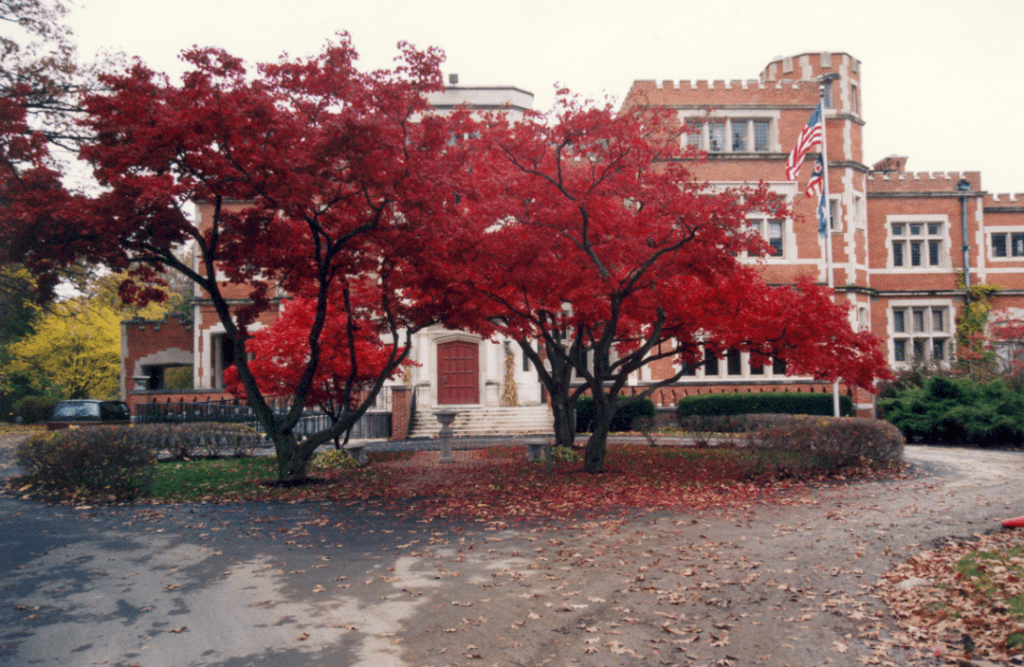
Terrace Park is located in Hamilton County, Ohio. Although it’s a small village, it is full of wonderful features and amenities that make living in this place a great bliss.
In the past, Terrace Park has been a popular summer retreat area for the rich people in Cincinnati. Today, it is filled with well-preserved historic homes that give you a glimpse of the glorious past of this neighborhood.
Did you know?
The Little Miami River runs through the Terrace Park Neighborhood. The river was named after the Little Miami Scenic Trail found just adjacent to the river. Aside from that, the Little Miami River is home to more than 85 species of fish, plus other animals such as frogs, turtles, snakes, and birds.
7. Gates Mills
Year founded: 1826
Population: 2,245 (as of 2021)
Land area: 9.11 square miles (23.6 sq km)
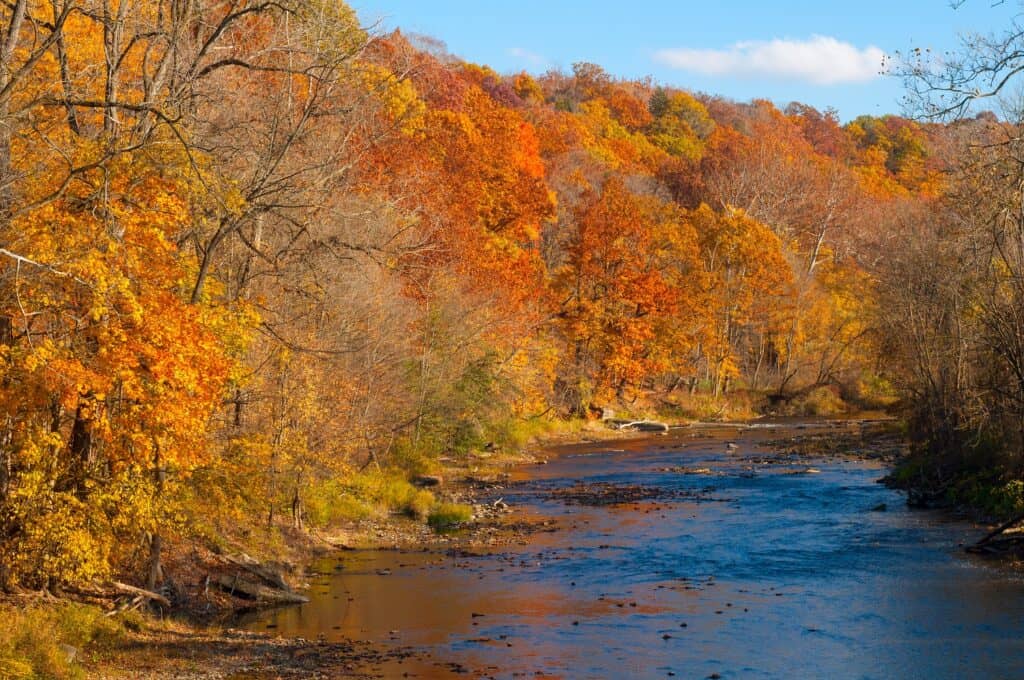
Gates Mills started as a milling area, but it has grown to be one of the best choices for families today. Some of the old houses of Gates Mills kept the charm and unique beauty of the neighborhood. Some houses are built as far as the 1800s, but newer luxury homes dot the area.
There are several parks in Gates Mills. The most notable include the North Chagrin Reservation and Gates Mills Nature Center.
Did you know?
The name Gates Mills originated from one of its early settlers, Halsey Gates. He was a master miller who purchased a 130-acre land in the Chagrin River. Eventually, his business projects helped develop the area and set the foundation to make Gates Mills one of the most affluent neighborhoods in Ohio.
6. Wyoming
Year founded: 1874
Population: 8,329 (as of 2020)
Land area: 2.87 square miles (7.43 sq km)
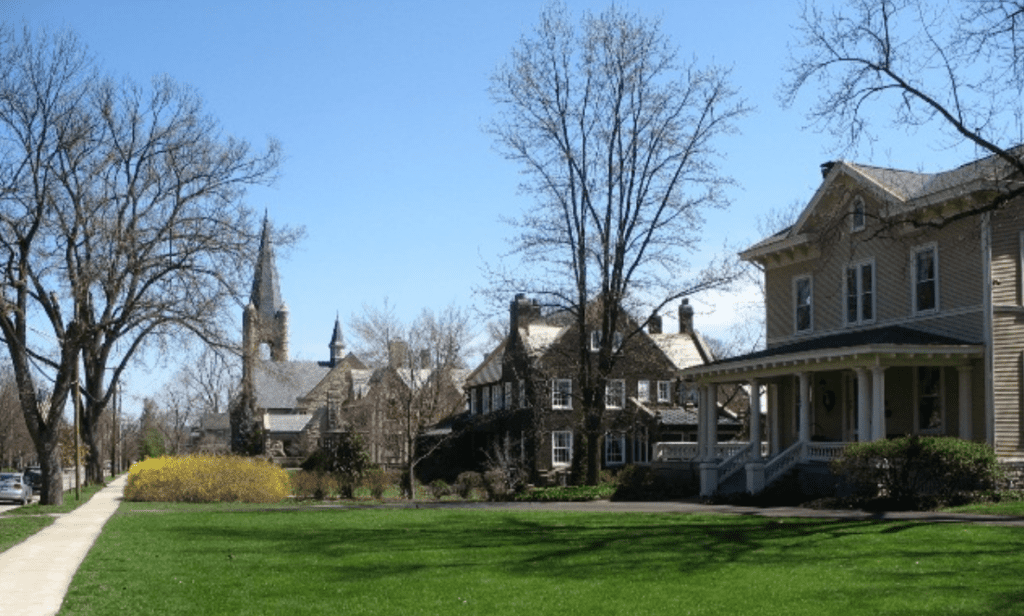
Wyoming looks beautiful from both the inside and outside. It connects you to the historical and glorious past with old houses built in the 1800s. In just one street, you’ll find historical and modern homes existing side by side.
Wyoming puts a lot of importance on families. You’ll find a family-friendly neighborhood with safe streets, an excellent school system, playgrounds, and parks.
Did you know?
How Wyoming got its name is quite interesting. Colonel Robert Reily held a meeting on April 4, 1861, to decide what name the newly built village should have. Most settlers in Wyoming came from Pennsylvania. Now, there’s a place in Pennsylvania that was called Wyoming. The people chose Wyoming because the new village reminded the settlers about that Pennsylvanian place.
5. Powell
Year founded: incorporated in 1947
Population: 9,452 (as of 2020)
Land area: 5.37 square miles (13.89 sq km)
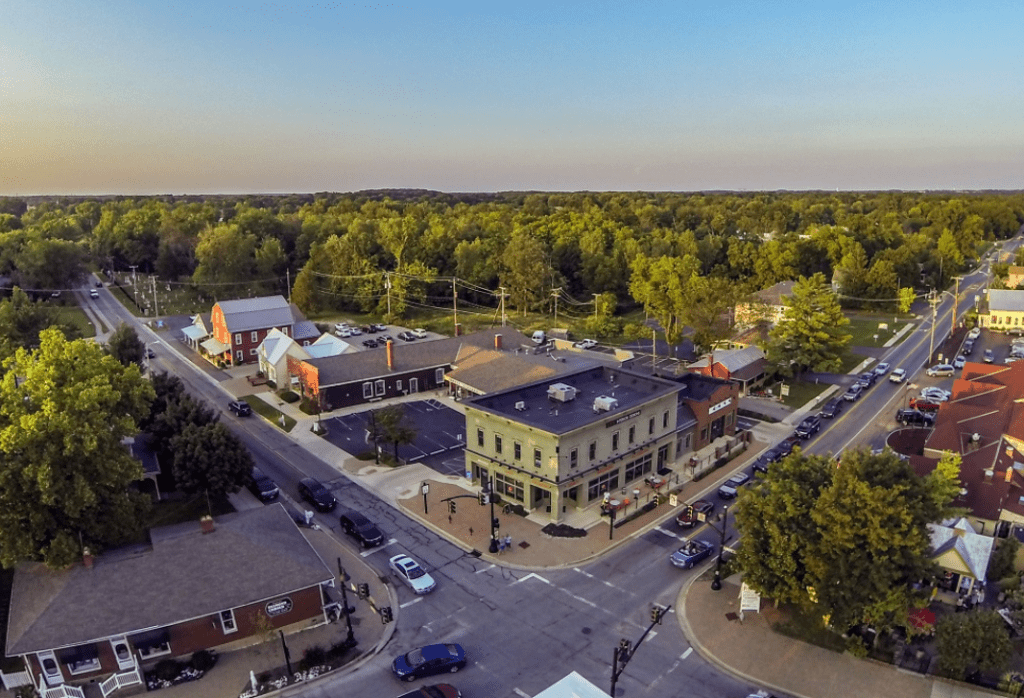
Situated north of Columbus, Ohio, Powell is a thriving and affluent neighborhood with streets shaded by big trees, well-maintained parks, and schools that produce outstanding students. You’ll also find large houses nestled among spacious lots and well-manicured lawns.
One unique feature of Powell is the Olentangy River, which runs through the neighborhood. This makes the place peaceful, where people can fish, hike, and eat.
Did you know?
Powell is home to the Columbus Zoo and Aquarium, which covers over 10,000 animals, constituting 600 plus species worldwide. The zoo is so popular that it attracts more than 2.2 million guests annually.
4. Madeira
Year founded: 1840
Population: 9,452 (as of 2020)
Land area: 3.01 square miles (7.8 sq km)

Some compelling reasons why high-earning families live in Madeira include great housing options, a quality school system, simple living, and access to different amenities within and near the neighborhood.
As one of the richest neighborhoods in Greater Cincinnati, Madeira comes with a peaceful atmosphere coupled with tree-lined streets, friendly neighbors, and luxurious homes.
Did you know?
Madeira offers some of the best parks in the United States. It has consistently received the “Tree City USA” award from the Arbor Day Foundation. One interesting fact is that Madeira is home to the oldest female llama in the world, who died at 33 years old.
3. New Albany
Year founded: 1837
Population: 11,764 (as of 2020)
Land area: 14.77 square miles (38.23 sq km)
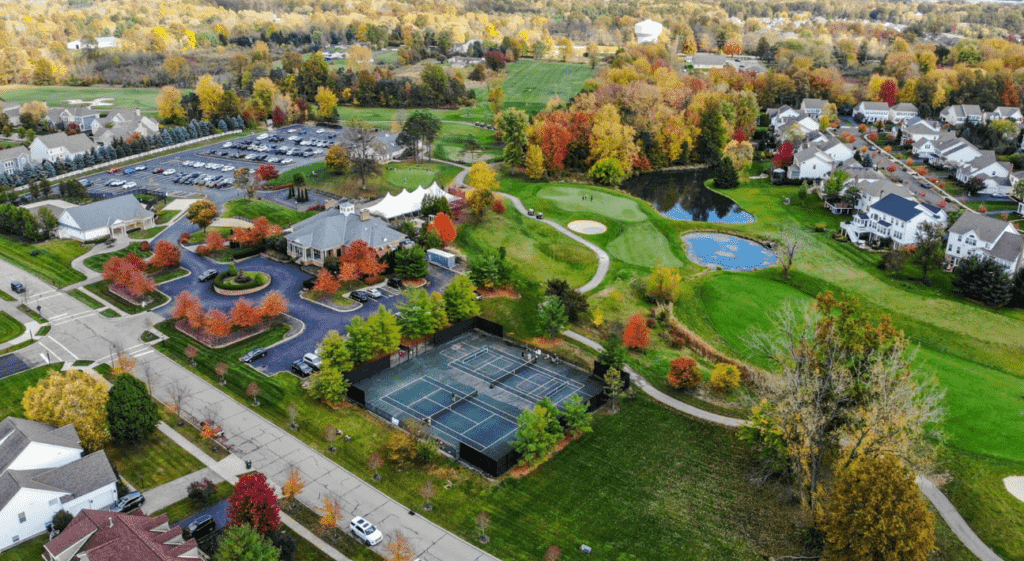
Charming, picturesque, and scenic are just some of the few words that describe New Albany. It is a highly sought-after residential area that boasts upscale homes, high-rated schools, and active and engaged communities.
Around the neighborhood, you’ll have a lot of things to do and find. Some amenities include parks, recreational areas, golf courses, swimming pools, fishing spots, and more!
Did you know?
Noble Landon gave the name New Albany to the area. He is one of the founders of New Albany in 1837. While people don’t know where the name New Albany came from, it might be because Landon grew up in Albany, Vermont.
2. Hunting Valley
Year founded: incorporated in 1924
Population: 650 (as of 2020)
Land area: 8.28 square miles (21.44 sq km)
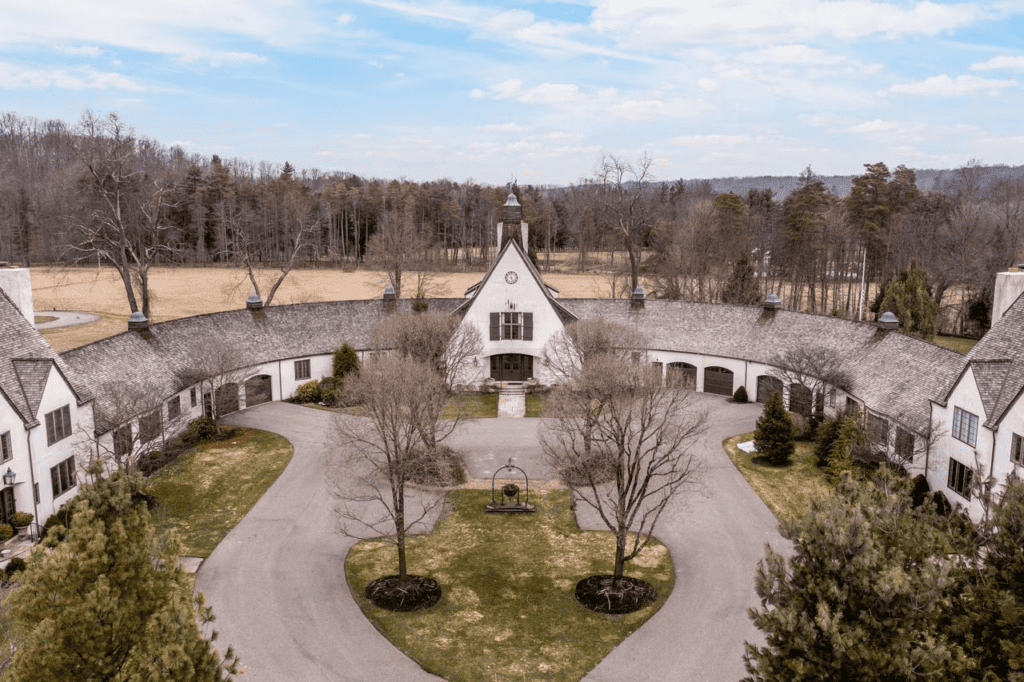
Hunting Village is probably the smallest community in Cuyahoga County. Its size adds to the charming and intimate appeal of the neighborhood.
The beautiful and huge houses in Hunting Village are further glamorized by their picturesque natural scenery and wooded areas. Various places in the neighborhood are perfect for fishing, biking, and picnicking.
Raising a family is quite ideal here as well. With top-rated schools, a short drive to shops and restaurants, and a peaceful atmosphere, you’ll enjoy your stay here.
Did you know?
The Hunting Valley is home to the North Chagrin Reservation, a popular destination for locals and foreign visitors. The reservation is both a wildlife sanctuary outdoor recreation facility. Some of its most popular spots include Sunset Pond and Sanctuary Marsh.
1. Indian Hill
Year founded: 1904
Population: 5,717 (as of 2020)
Land area: 18.34 square miles (47.50 sq km)
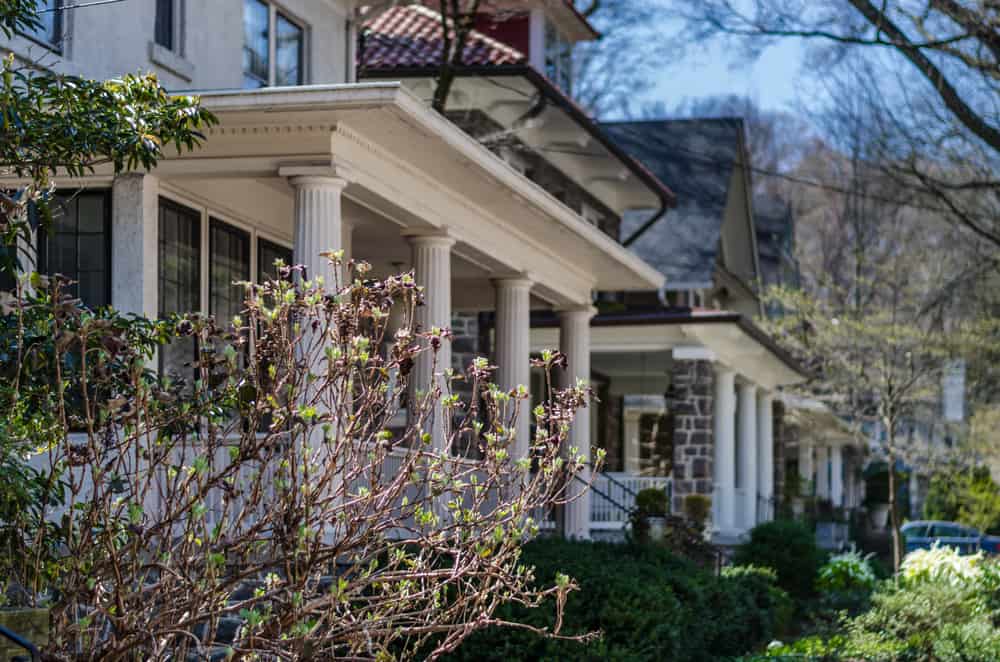
Indian Hill is the richest neighborhood in Ohio. It is also consistently among the wealthiest neighborhoods in the United States!
There are a lot of things this small village is known for. However, it is primarily famous for its large, beautiful, upscale homes surrounded by spacious greeneries and shady trees.
Residents of Indian Hill love the excellent schools within their area, the Indian Hill Winter Club, annual community events, and the affluent lifestyle provided by their peaceful neighborhood.
Did you know?
The name Indian Hill was inspired by the Indian mounds found in the area by the early settlers. According to archeologists, there was a time when thousands of Indian mounds were built in Ohio.
